Best-in-class employee benefits evolve with the times and our changing values. We saw marriage equality granted to all people in this country after Obergefell v. Hodges, opening employee benefits to many additional spouses and families. Now, we’re seeing more and more employers (including Fortune 100 and 500 companies) embrace transgender-inclusive health insurance plans as gender identity awareness improves. However, medical professionals have been stressing the importance of transgender health for years.
In 2008, the American Medical Association (AMA) first voiced its concerns for the discrimination of transgender individuals when it published a guidance supporting “public and private health insurance coverage for treatment of gender dysphoria as recommended by the patient's physician.” (This policy was updated in 2016).
In order to truly be an equal opportunity employer, you should have at least one transgender-inclusive health insurance plan in your employee benefits package. It’s not as complicated or expensive as it may sound. In fact, right here in our home state of Arizona, there are quite a few employers already offering such benefits.
Here are some practical issues you should consider when expanding your employee benefits to make sure they include transgender employees and how doing so could help you recruit and retain the workforce of the future — namely, millennials and generation Z, who see inclusivity as an important attribute of prospective employers.






















